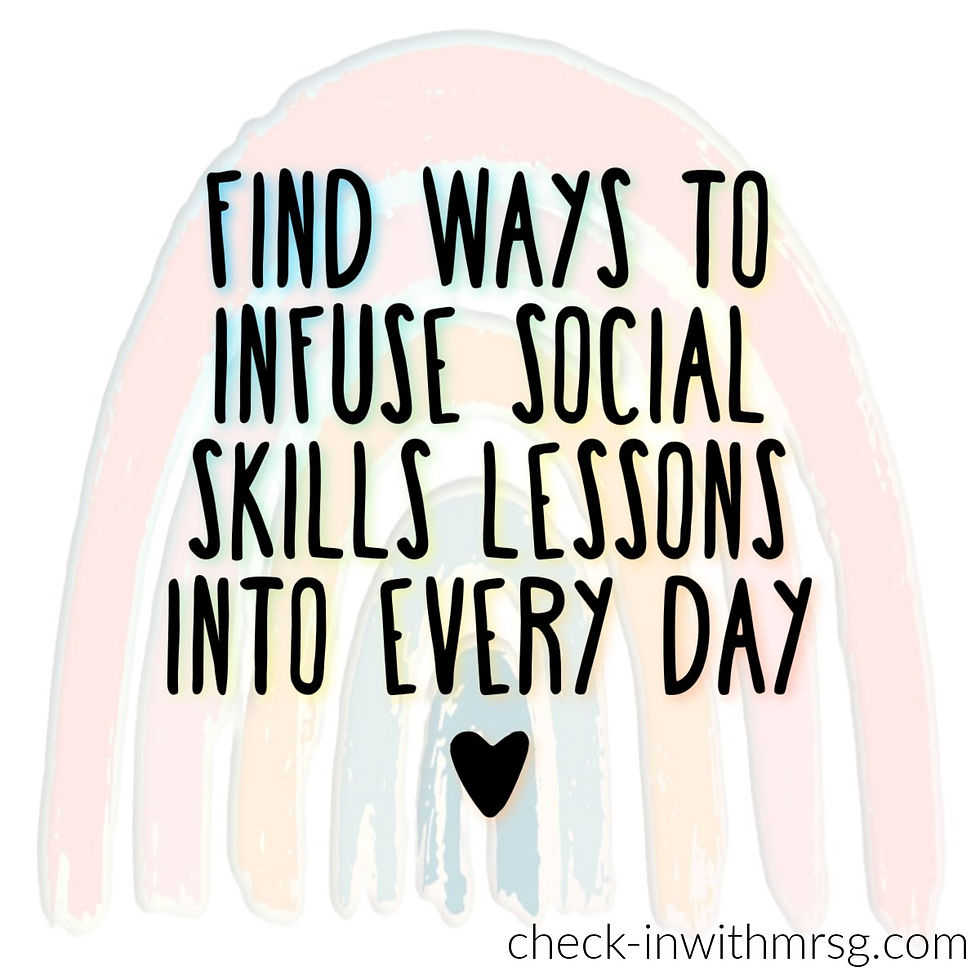Social Skills Group in 5 Steps
- Mrs G
- Feb 22, 2023
- 7 min read
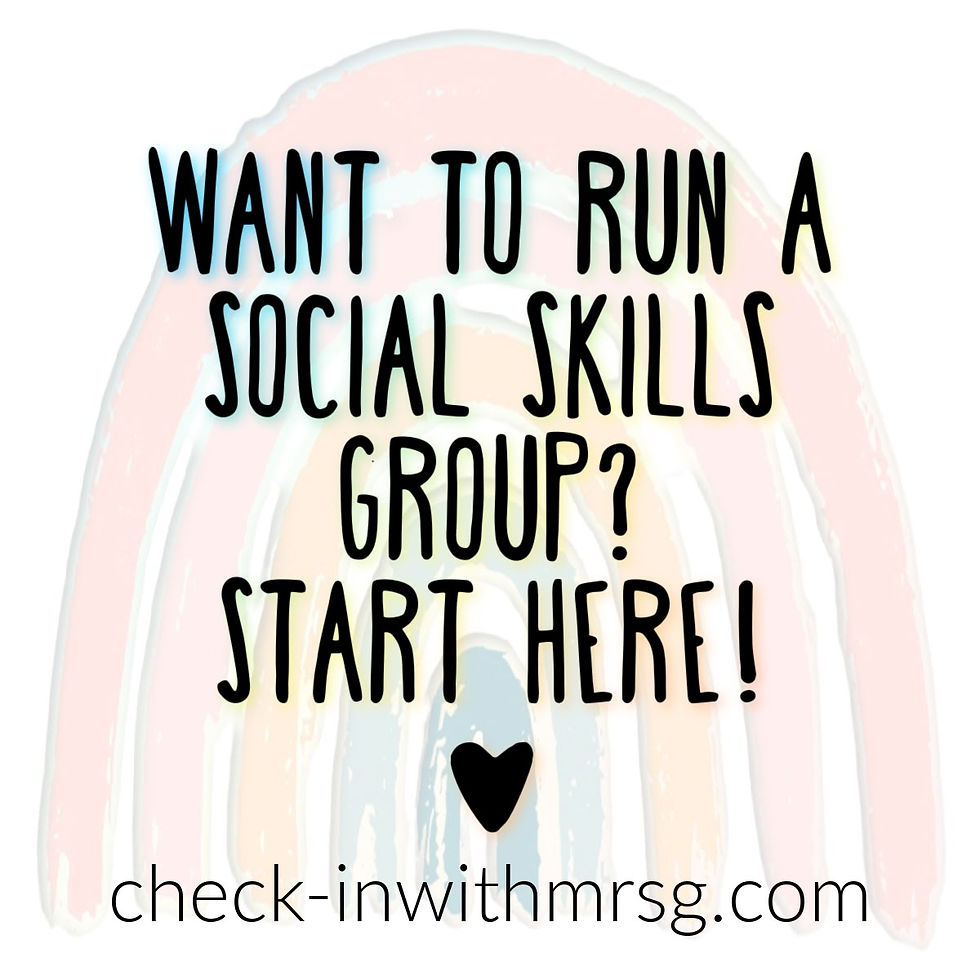
One of my greatest joys in working in special education is the time I get to spend teaching social skills. Helping students learn to be successful in the varied relationships throughout their lives, understand their emotions, and work with people in their communities will change the trajectory of their lives in a way not many things can. This is one of the reasons I love being a Special Education Teacher. My goal is always to impact my students in their lives beyond the walls of my classroom.
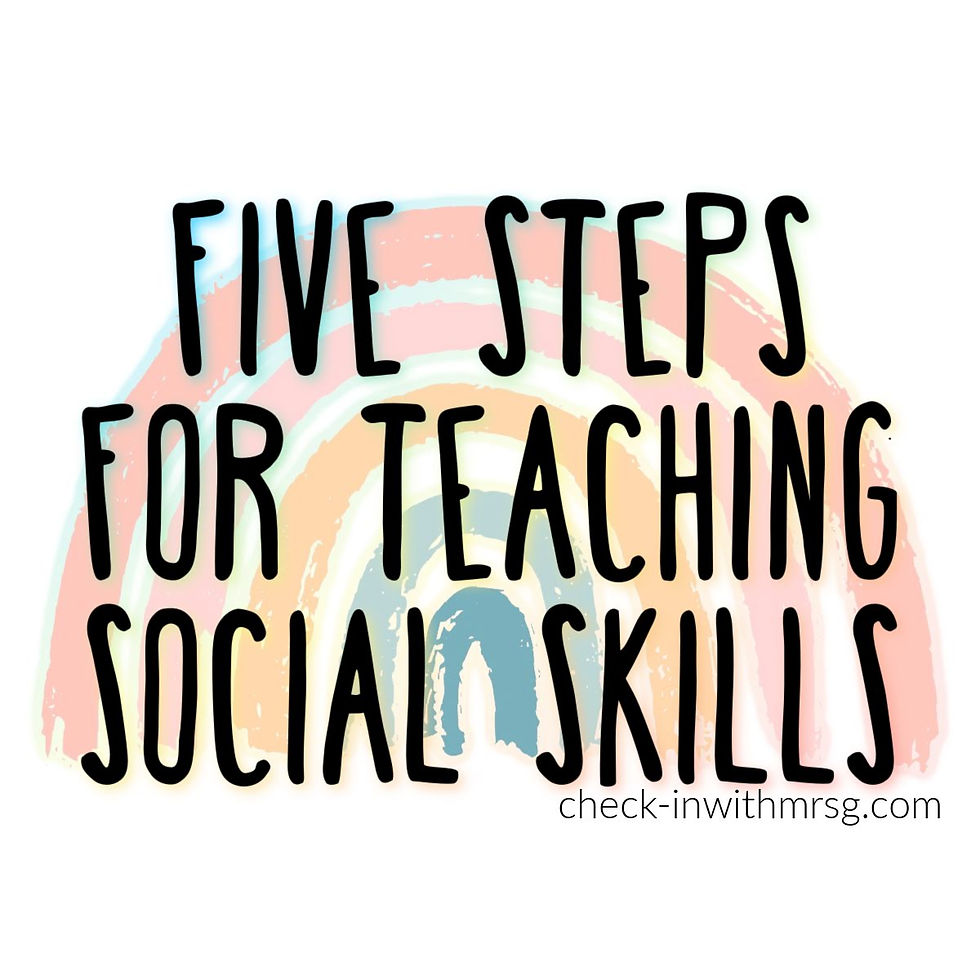
Social Skills Group, Where to Start?
Setting up your special education classroom is challenging, but tackling a task as broad as how to develop social skills can be intimidating. The specific skills being taught will vary wildly depending on the needs of the students in front of you. In the past I have worked with students who needed to understand functional life skills. So, our group focused on morning routines, brushing teeth, school bathroom rules, and what to expect in an emergency.
My teen social skills group focused exclusively on pre-vocational skills and community based instruction. We studied how to improve social skills in the workplace through problem solving, learned about the process of interviewing, and participated in community based instruction.
Each group is unique in their ever-changing needs, abilities, and specific IEP goals. However, there are a few things that will set you up for success no matter what your students need to learn. Here are 5 steps for creating an outstanding social skills group!
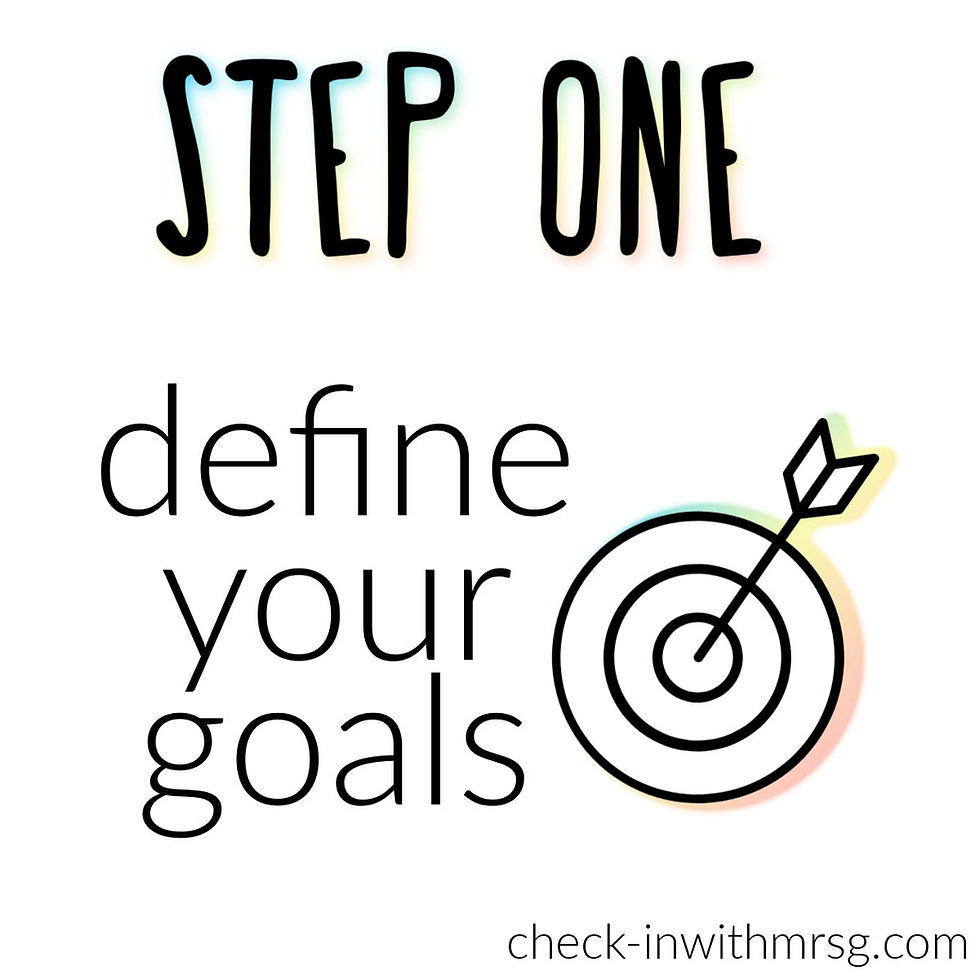
Step One: Establish Goals for your Social Skills Group
Like any good lesson, I plan my social skills groups with the end goal in mind. To start, you need to identify the social skills needs of each individual within the group. Good news! You do not have to do this part alone. Truth be told, you shouldn’t!
Gather Input
Get input from general education teachers, paraprofessionals, parents, counselors, and best of all the students themselves. But, do it carefully. Sometimes, asking this question to a frustrated adult can sound like an invitation to vent about a student. Don’t put yourself through that!
Instead ask, “What is the one social skill this student could develop that would make the biggest impact on their day-to-day life?” This question leads to an honest discussion that is focused on helping the student grow. Collect input from all the parties and make a social skills list for each student. Create goals for your social skills groups based on student needs.
Once you have identified areas of need for all students in the group, look for commonalities. Are there social skills on the lists that can be grouped together into a single topic? Do most of your students need support in managing behavior? Are they learning daily living skills? Do they need to develop friendships? Are they transitioning into independent living? Do they have an understanding of functional life skills? Are they elementary students who are heading into middle school? What are your student’s facing now and what will they face next? This brainstorming activity will leave you with a list of social skills. Then, you can turn your list of social skills into smart goals.
Write SMART Social Goals
Writing social skills goals that are SMART (specific, measurable, attainable, relevant, and timely) will give you the backbone for your group sessions. Will you likely deviate from your goals based on the needs of the group? Of course! But, that is because you are a good teacher who reviews data in real-time and uses it to inform instruction. Even in social skills group! More on the data later. These goals will be your guide as you plan your lessons.
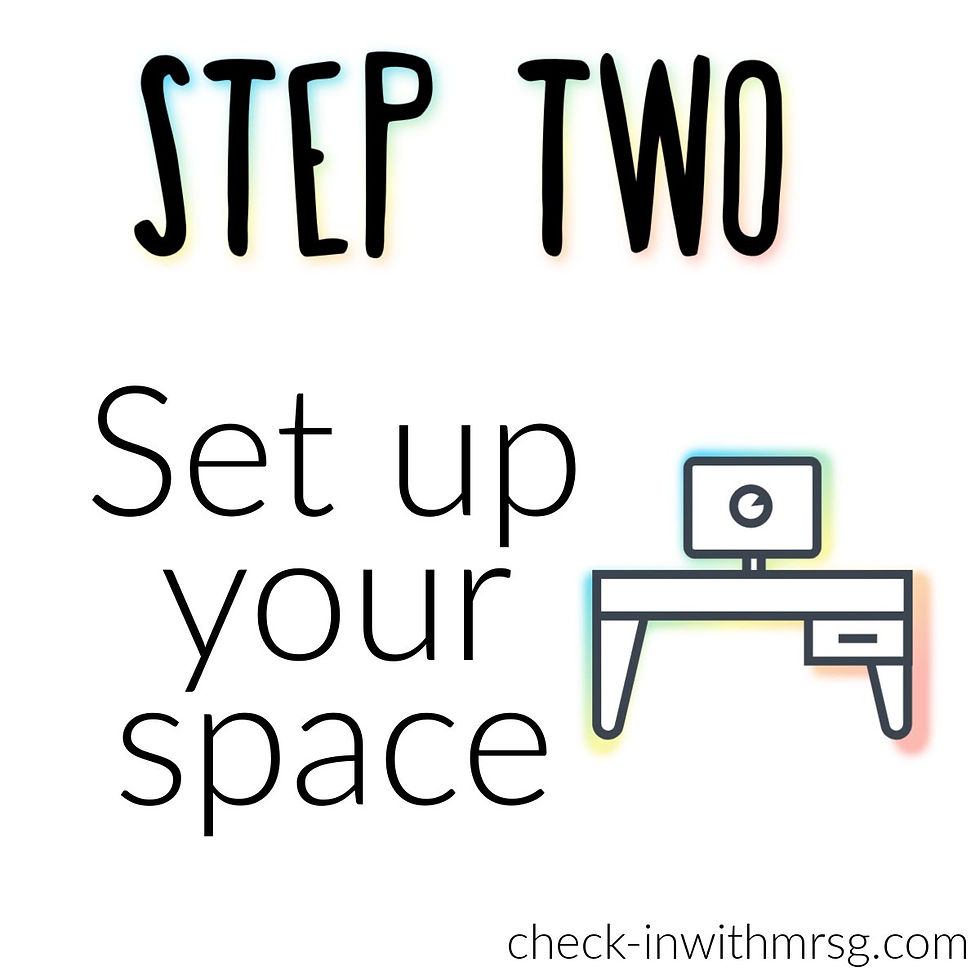
Step 2: Set Up for Success
Create an environment that is safe and calming. For my students with limited social skills, physical space and routines are key. Use fidgets, and offer a snack as often as you can. There is something magical about a snack, especially for older students who are not used to it. Scaffold assignments so students do not easily become frustrated by work that is either too difficult or too simple for their ability.
Set up your group norms and expectations. The success of your group will depend largely on whether or not your students are willing to be vulnerable in front of their peers, privacy, and trust are key.
Until your students reach the place of total honesty, tackle high-interest topics that are low-risk. I once started a social group by showing a YouTube video of a dance on my phone and asking my students to take two minutes and explain to me why it was so popular. They loved it! The buy-in to our group time was immediate. I was making them the experts and setting the bar for being open about something I did not understand.
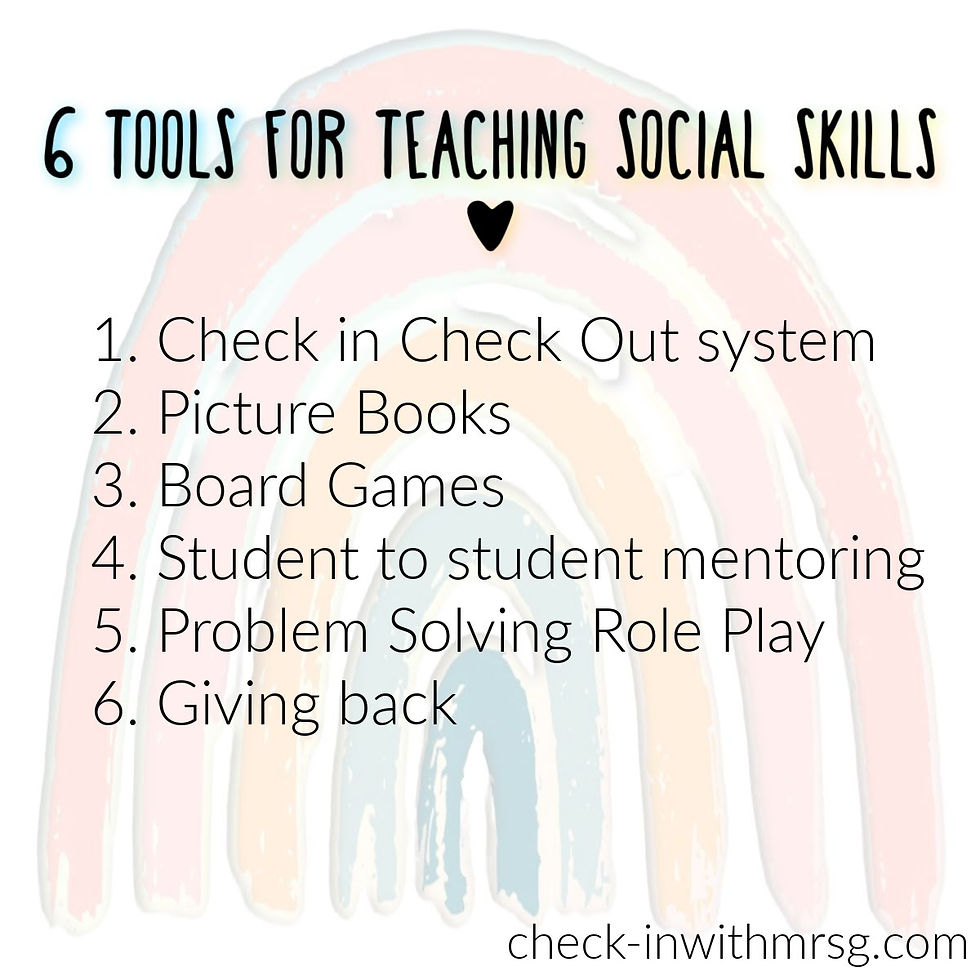
Establish a safe environment to develop pro-social skills.
Develop a Common Language for Social Skills
From the first day, develop a common language for your group. Find big, high academic social skills terms and model how to use them. I start all of my groups by creating a dictionary for the group. I include words like “advocate” and “emotions”. Once we unpack them as a group, I use them as often as possible. After all, my hope is to increase pro-social skills in more than just my classroom.
Use the first ten minutes of group time to do a quick check-in with your students. This will help you determine where students are at when they walk through the door. It can be a fast verbal “bummer or brag” or a formal check in check out journal. Almost any open-ended question will do. This is an opportunity for them to air any concerns prior to engaging with the group and will give you information about what they are walking in with emotionally.

Plan your Incentives
There are two more things you will need in place before you start your social group. First, you will need an incentive. Having a reward system in place for your students will help modify behaviors, especially in the beginning stages of the group when the relationships and trust have not yet been developed. One option is to set up individual rewards tied to positive social skills. Another option that I have found success with is creating a group incentive that all members can work towards together.
The final thing you will need to be successful is a permanent place where group members can reach you with anonymous questions or concerns. This can be a mailbox, inbox, or designated drawer on your desk. Anywhere will work as long as students understand that it is safe to leave a private note.

Step 3: Curate your Social Skills Curriculum
Based on your goals for your social skills group your curriculum will be wildly varied. Lesson plans can include almost anything depending on which students are in front of you. Here are seven of my best tools!
Check In Check Out System: provide an opportunity for relationship building and self-reflection. Include as many adults within the building as possible to make a greater impact!
Books: Find picture books and chapter books to read aloud regardless of the age of the students. Books read aloud are opportunities to build empathy in a low-risk way. It is amazing how many books you can find for specific topics in Special Education!
Board Games: Games offer huge opportunities to teach a slew of skills. For example, a game of Sorry played with a “taking turns social skills” focus.
Work with Younger Students: Create opportunities for students to mentor younger students.
Community-Based Instruction: This instruction can happen within your classroom community and can prepare students to live successfully within their communities as adults. Job-related tasks and tasks that serve the school community are wonderful places to start.
Social Problem-Solving Scenarios: Use quick verbal problem-solving scenarios to prepare students for what they may encounter outside of your classroom.
Social Skills Videos: Have your students make their own videos modeling social skills and use them across groups. Do you have a student that has mastered social stories about personal space? Have him create a video and share it with your groups!
Give Back: Find a way for your group to give back to the school community. Help your students find joy in kindness. You may even build (or help repair) some relationships!
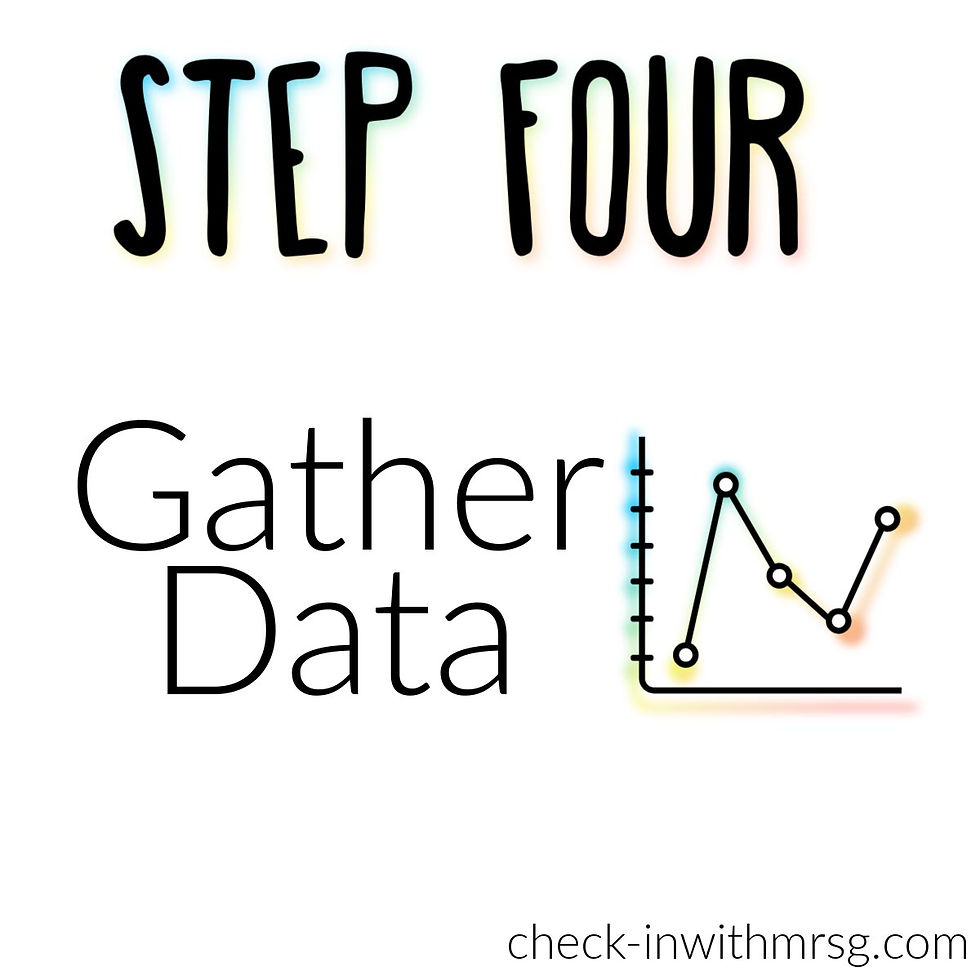
Step 4: Gather Data
Whether or not your students have IEP goals for social skills, collecting data is a must. This will allow you to discover what is working and find out where the gaps still remain. Also, it teaches students to reflect on and take ownership of their own behavior. I gather social skills data about my students in three ways.
Observation: Sending in para-educators, counselors, or other team members with a very narrow focus for just ten minutes will give you an incredibly quantifiable picture of where your student is performing.
Think Sheets or Communication Journals: When an incident happens teach students to record the details using a Think Sheet or Communication Journal. Use these documents to look for trends on when the student needs additional support.
Meet with the Student: Allow the student to evaluate his own goals using a rubric and make adjustments accordingly. Transferring the ownership of learning to the student will be more meaningful.
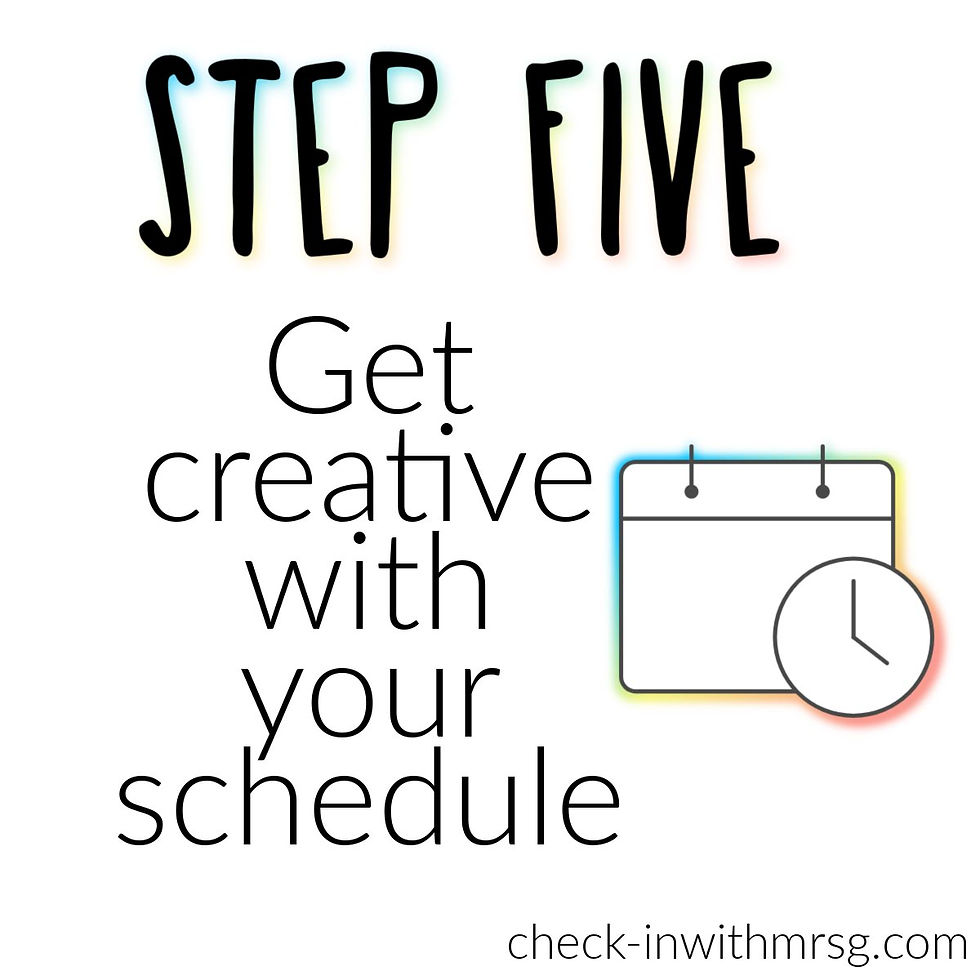
Step 5: Be Sneaky
What if you don't have the luxury of finding time for a full 20-minute social group in your school day? Well, you might need to sneak it in.
Find ways to infuse relationship building into every single day. I use a center model with my reading groups and have bombarded my reading comprehension lessons with vocational lessons on professional social skills. I use a check-in journal as morning work and a check-out rating system as an exit ticket. Build emotional vocabulary into your room decor with social skills posters. Model the verbalization of emotions with sentence stems and anchor charts. Read stories aloud in the few minutes before lunch. Ask questions about conflict resolution and turn any book into a social skills book. Practice following directions in a game.

Take every opportunity to let students problem-solve in teams, work together to accomplish a task, and spread kindness. Learn how to use social stories in the classroom. Let your students earn time to complete fun social skills activities.
Personal social skills will be a significant factor in the happiness of the lives of our students! If you find a way to sneak lessons into your classroom I would love to hear about it. Let’s connect on Instagram or Facebook!
